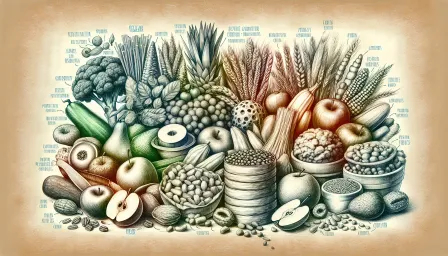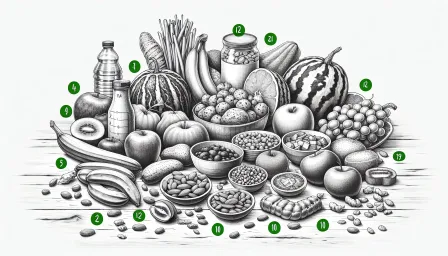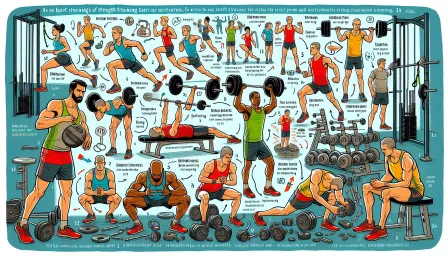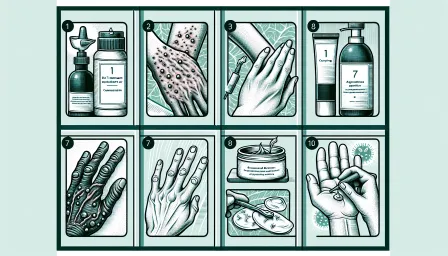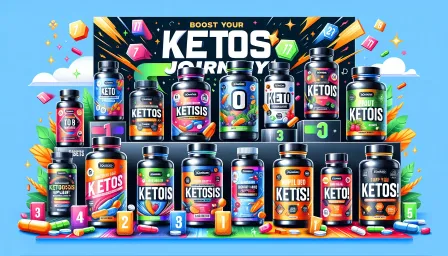The Ultimate Guide to a Low Sodium Diet for Heart Health
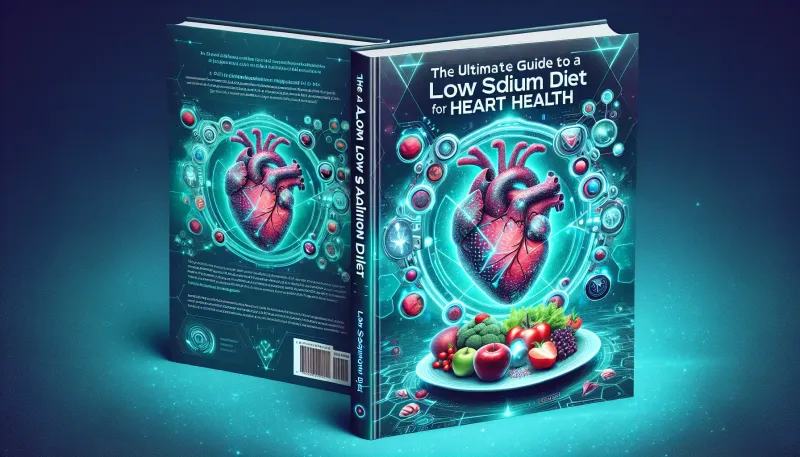
Learn how to maintain heart health with a low sodium diet. This comprehensive guide covers tips, benefits, and meal planning strategies for reducing sodium intake.
Maintaining a healthy heart is paramount to living a long and active life. One of the most effective ways to support heart health is by following a low sodium diet. This comprehensive guide will take you through everything you need to know about a low sodium diet for heart health, how to implement it, and why it matters.
Why Sodium Matters for Heart Health
Sodium is an essential mineral that helps regulate fluid balance, blood pressure, and nerve function. However, excessive sodium intake can lead to high blood pressure, which is a major risk factor for heart disease and stroke. According to the American Heart Association (AHA), reducing sodium intake can significantly lower the risk of cardiovascular issues.
The Recommended Daily Sodium Intake
The AHA recommends no more than 2,300 milligrams (mg) of sodium per day, with an ideal limit of 1,500 mg for most adults, especially for those with high blood pressure.
The Benefits of a Low Sodium Diet
Switching to a low sodium diet offers numerous health benefits, particularly for heart health:
- Lower Blood Pressure: Reducing sodium helps manage and prevent hypertension.
- Reduced Risk of Heart Disease: Managing blood pressure lowers the risk of heart attacks and strokes.
- Better Kidney Health: Less sodium reduces the strain on kidneys, helping to prevent kidney disease.
- Decreased Water Retention: Lower sodium intake prevents bloating and fluid retention, promoting overall well-being.
How to Start a Low Sodium Diet
Embarking on a low sodium diet involves mindful eating and making informed choices. Here are some practical steps to help you get started:
Read Nutrition Labels
Nutrition labels are your best friend when it comes to managing sodium intake. Look for low sodium options and be wary of foods that are high in sodium. Aim for products that contain 5% or less of the daily value (DV) for sodium per serving.
Cook at Home
Preparing meals at home allows you to control the amount of sodium in your dishes. Use fresh ingredients and avoid processed foods, which are often loaded with sodium.
Rethink Your Seasonings
Instead of salt, use herbs, spices, lemon juice, and vinegar to flavor your food. These alternatives can enhance the taste without adding extra sodium.
Be Mindful of Portion Sizes
Even healthy foods can contribute to sodium intake if consumed in large quantities. Pay attention to portion sizes to maintain a balanced diet.
Low Sodium Food Choices
Fruits and Vegetables
Fresh fruits and vegetables are naturally low in sodium and high in essential nutrients. Adding a variety of these to your diet can improve heart health.
Whole Grains
Choose whole grains like brown rice, quinoa, and oatmeal over processed grains. These are not only lower in sodium but also rich in fiber and nutrients.
Lean Proteins
Select lean meats, poultry, fish, beans, and tofu. Beware of processed proteins such as deli meats, which are often high in sodium.
Dairy
Opt for low sodium or sodium-free dairy products. Regular cheese and dairy can contain high levels of sodium.
Beverages
Drink plenty of water and choose low sodium options for other beverages. Avoid sugary sodas and sports drinks, which can contain hidden sodium.
Meal Planning for a Low Sodium Diet
Effective meal planning is key to maintaining a low sodium diet for heart health. Here are some tips:
Develop a Weekly Menu
Plan your meals ahead of time to ensure you include low sodium options. This helps you avoid last-minute food choices that might be high in sodium.
Prep Ingredients in Advance
Having pre-cut vegetables, marinated proteins, and ready-to-cook grains can make it easier to prepare low sodium meals quickly.
Use Sodium-Free Stock and Broth
Store-bought broths and stocks can be high in sodium. Opt for sodium-free versions or make your own at home.
Common Pitfalls and How to Avoid Them
Transitioning to a low sodium diet can be challenging, especially if you're accustomed to high sodium foods. Here are some pitfalls to avoid:
Hidden Sodium Sources
Many foods that don't taste salty can still contain significant amounts of sodium. Common culprits include bread, canned soups, and salad dressings.
Dining Out
Restaurant meals are often high in sodium. Ask for nutritional information and request dishes without added salt when dining out.
Processed Foods
Avoid processed and pre-packaged foods, which are typically high in sodium. Focus on whole, natural foods instead.
Getting Discouraged
Adjusting to a low sodium diet takes time. Don't get discouraged if it takes a while to get used to the new flavors and habits.
Conclusion
A low sodium diet for heart health is not just a dietary change but a lifestyle shift that offers numerous benefits. By making informed food choices, reading labels, cooking at home, and planning your meals, you can significantly reduce your sodium intake and support your heart health. Remember, the journey towards a healthier heart starts with a single step, and every effort counts towards your well-being.




